Fostering Open Communication in Perfusion and Cardiothoracic Surgery: A Critical Call to Action
The article emphasizes the importance of open communication within the perfusion and cardiothoracic surgery community to improve patient safety and outcomes. It advocates for all team members, including nurses, anesthesiologists, and perfusionists, to actively share insights and concerns. A culture that encourages speaking up without fear of repercussions, coupled with the use of debriefs, root cause analyses, and data management systems, is essential for continuous improvement. The adoption of the WHO surgical safety checklist and a strong speak-up culture are highlighted as crucial steps for elevating perfusion care standards and enhancing patient care.










